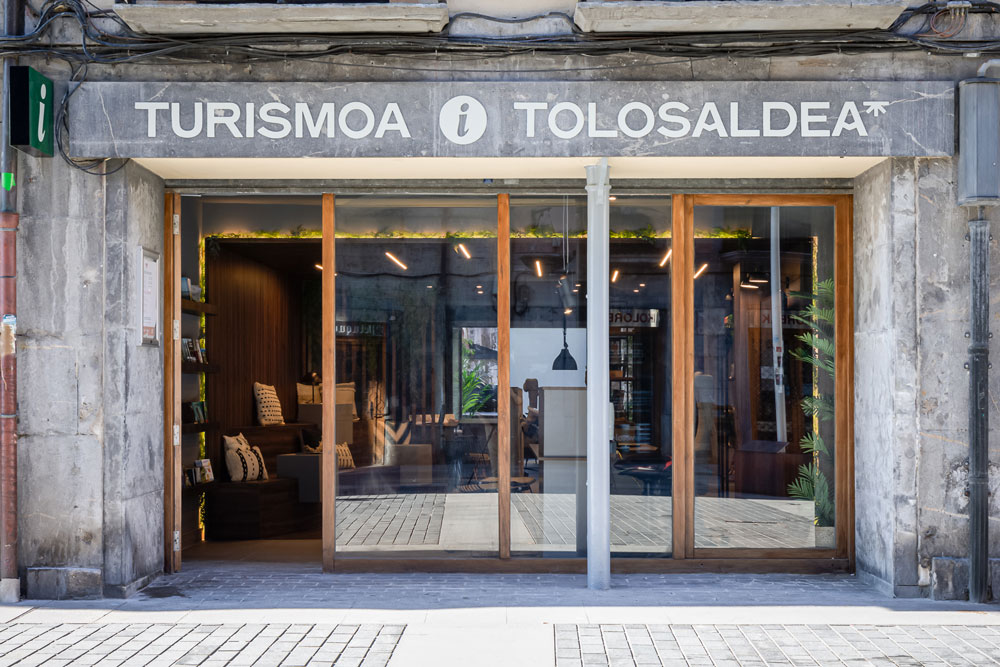← Back to all news
Tolosa | Gastronomy · Tolosa Bean
A review of the origin, history and evolution of the Alubia de Tolosa
Read more
Some theories affirm that the Alubia de Tolosa was brought from the Americas in the 16th century, after its colonization. Others indicate that it already existed by then.
Adishforeveryday
That recognition did not come until the late 18th or early 19th century. Then it became a product of daily consumption due to its nutritional power, until the middle of the 20th century. His cultivation also increased greatly. In fact, in 1914, 4 million kilos were collected.
Thedecadence
Both the production and consumption of beans declined since the mid-20th century, due to the change in eating habits and the introduction of new products, the better economic level, the lack of labor in the field and the industrial development that absorbed land used for rural activities.
BeanProducersAssociation
In recent decades, thanks to the work of the Association of Producers and the Bean Guild, work has begun to recover and value this product.
Since 1994 the association has been working to offer the consumer a product with guarantees of origin and quality, and the farmer a decent economic consideration. Today it has more than 40 producer partners, around twenty hectares of crops and an average production of 30,000 kilos.













